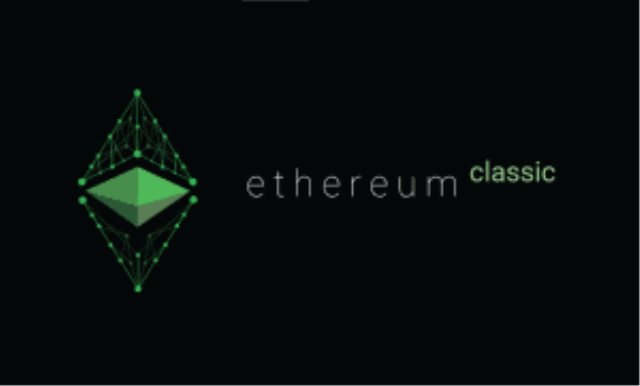
However, as you can see from the table above, over 98% will be mined and in circulation by 2028. Furthermore, the mining difficulty also keeps the block generation in line with the set block time, or the amount of time that should statistically pass between each block. The current BTC difficulty is 89.47 T at block 859,538, resulting in a Bitcoin mining difficulty increase of 0.00% in the last 24 hours. The Bitcoin difficulty chart plots a visual representation of the historical Bitcoin difficulty target increases and decreases over time up to the current Bitcoin block.

Bitcoin Difficulty Increase

If you would like to see all 1,768 transactions for this block, go to this page and look through the Transactions section. It takes trillions of attempts for the network of miners to find the solution. Per professional style standards, Bitcoin is spelled with a capital “B” when referring to the cryptocurrency as a concept and as a network. It is spelled with a small “b” when referring to the cryptocurrency itself/individual tokens. Bitcoin’s network is designed to produce a new block approximately every 10 minutes. This reward is scheduled to halve again in 2028, continuing Bitcoin’s deflationary model.
The genesis block
In just a few days, the number of Bitcoin users, and thus miners, increased many times over. Metalpha previously launched a fund to invest in GBTC, which has seen large gains since launch, with its net asset value increased to 269.84%, outperforming Bitcoin by about 39% from $27,265 to $62,867. Antalpha is the world’s leading Bitcoin ecosystem service provider for institutional partners. As a strategic partner of Bitmain, Antalpha is trusted by institutions, startups, and qualified investors to drive innovation in blockchain technology and applications. It has become a leading company in the global blockchain financial services ecosystem. You can even loan your bitcoin to others using decentralized finance applications and charge interest.
Fight the power: cryptocurrency supply limits
As the industry matured, it attracted the attention of large-scale operations and institutional investors. Mining farms, housing vast arrays of ASICs, began to proliferate, taking advantage of economies of scale and access to cheap electricity. These large-scale operations contributed to the rising hashing power of the network, further raising the bar for individual miners and smaller-scale operations[8]. The pioneering days of Bitcoin mining were marked by a spirit of ingenuity and resourcefulness, as early adopters sought to optimize the tools at their disposal. Yet, even in those early days, there were significant innovations within the realm of CPU mining that laid the groundwork for the mining landscape as we know it today.
How Much is Bitcoin Worth Today?
- CryptoAnswers mission is to educate everyone interested in Blockchain and Cryptocurrency technology, no matter whether you are an absolute beginner or a seasoned veteran in the crypto market.
- In a Bitcoin transaction, users receiving Bitcoins send their public keys to users transferring the Bitcoins.
- When bitcoin is assigned to an owner via a transaction on the blockchain, that owner receives a number, their private key.
- This was supposed to make Bitcoin truly decentralized, as anyone could engage in mining from their home.
- In 2014, Mt. Gox experienced a devastating security breach, with hackers stealing $60 million.
Another critical area of innovation was the integration of renewable energy sources into mining operations. As concerns surrounding the environmental impact of cryptocurrency mining persisted, the industry made significant efforts to transition towards cleaner energy sources. Solar, wind, and hydroelectric power began to play a more prominent role in powering mining facilities worldwide, helping to mitigate the industry’s carbon footprint[25].
The block is assigned some information, and all of the data in the block is put through a cryptographic algorithm (called hashing). Bitcoin halving is a programmed event occurring approximately every four years, where the reward for mining new bitcoins bitcoin mining history is cut in half. This process, embedded in Bitcoin’s protocol by its creator Satoshi Nakamoto, serves to control the cryptocurrency’s supply and increase its scarcity. Bitcoin’s journey from 2013 to 2017 was marked by dramatic highs and lows.
Many believe that Cyprus’s financial crisis(4) helped create new demand for bitcoins. However, post-April, the cryptocurrency faced a decline, stabilizing around the $40,000 mark by July. Get a free, personalized financial plan delivered in 15 minutes and get closer to hitting your money goals today. Unless you have a cheap source of electricity, it’s possible that your mining costs will exceed whatever you make in rewards. Here’s a Bitcoin mining example that might be relevant to an everyday U.S. household.
